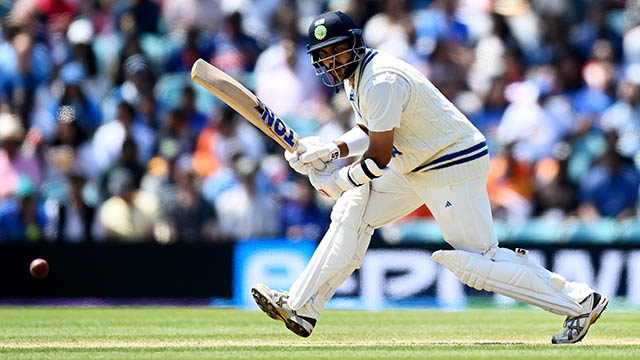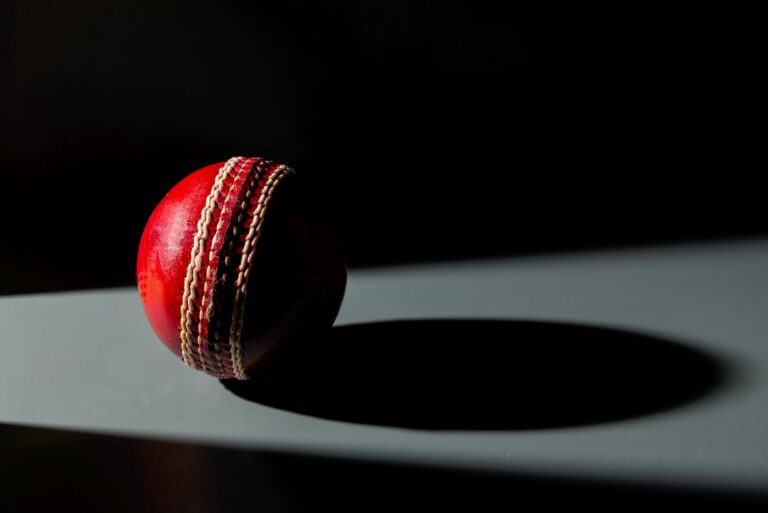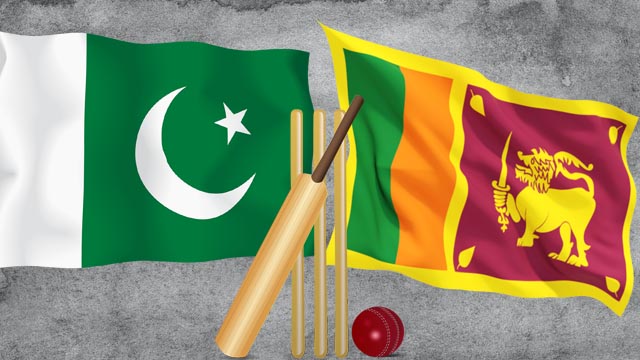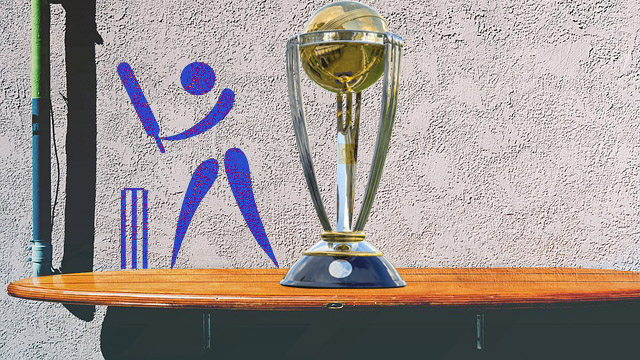Australia remained in a strong position in the WTC final against India, but Ajinkya Rahane and Shardul Thakur showed great resistance to the Indian team. Despite their commendable effort, Australia tightened their grip on the match by the end of the day.
At stumps on day three, Australia scored 123 for four wickets— with Marnus Labuschagne unbeaten on 41— in their second innings, holding a lead of 296 runs after amassing 469 runs in the first innings. India managed to reach 296 runs in their first innings, thanks to Rahane’s 89 and Thakur’s 51, but still trailed by 296 runs.
India fought valiantly throughout the day to stay alive in the game. They endured a challenging opening hour, facing relentless and quick bowling from Pat Cummins and Scott Boland. Thakur had to take a painkiller and wear padding on both forearms due to the uneven bounce. However, Australia’s fielding was not flawless, with Cummins bowling six no-balls and missing out on Thakur’s wicket. Additionally, three catches were dropped in the slip cordon, and Mitchell Starc struggled to maintain control.
Once Cummins and Boland were seen off, Rahane and Thakur started scoring runs freely. By lunch, Rahane was closing in on a special century on his test comeback, while Thakur was nearing his third consecutive fifty at the Oval. With the ball no longer misbehaving as much, India had a chance to reduce the 209-run deficit before the second new ball significantly.
After lunch, Rahane fell to a wide delivery, edging it to the gully where Cameron Green pulled off a spectacular catch. The next three wickets added only 35 runs, although Thakur managed to reach his half-century.
In their bowling performance, India displayed better control than in the first innings. Mohammed Siraj, in particular, extracted uneven bounce and dismissed David Warner early. Labuschagne experienced the bat slipping out of his hands twice, similar to Thakur’s earlier incident. Umesh Yadav benefited from the pressure and claimed his first wicket of the match as Usman Khawaja edged a wide delivery.
With Australia at 24 for two wickets, India hoped for further breakthroughs, especially with Labuschagne struggling. However, Steven Smith played a quick innings, pushing India on the back foot. Smith had set himself up for a long stay in the first innings but now focused on scoring fast runs, reaching 12 off his first seven balls. India’s second string of fast bowlers operated with spread-out fields as Smith appeared set for a big innings.
However, Smith’s attempt to charge Ravindra Jadeja for the third time in the test resulted in an edge that was caught at point. Dismissing Smith for just 34, despite his high control rate, provided relief for India. Jadeja then utilised the rough outside the left-hander’s off stump to dismiss Travis Head. Labuschagne, standing far outside the crease to face the Indian quicks, struggled to find control. He ended the day unbeaten on 41 off 118 balls but, along with Green, denied India further success. India deserves credit for not allowing easy runs, maintaining a run rate of under three per over.
Australia had completed half of their task, and they aimed to give their fast bowlers at least 24 hours of rest before launching their final push for the title.
An engineering student enthusiastic about cricket and other sports. Blogs regularly on sports as well as fashion, food and fitness.







